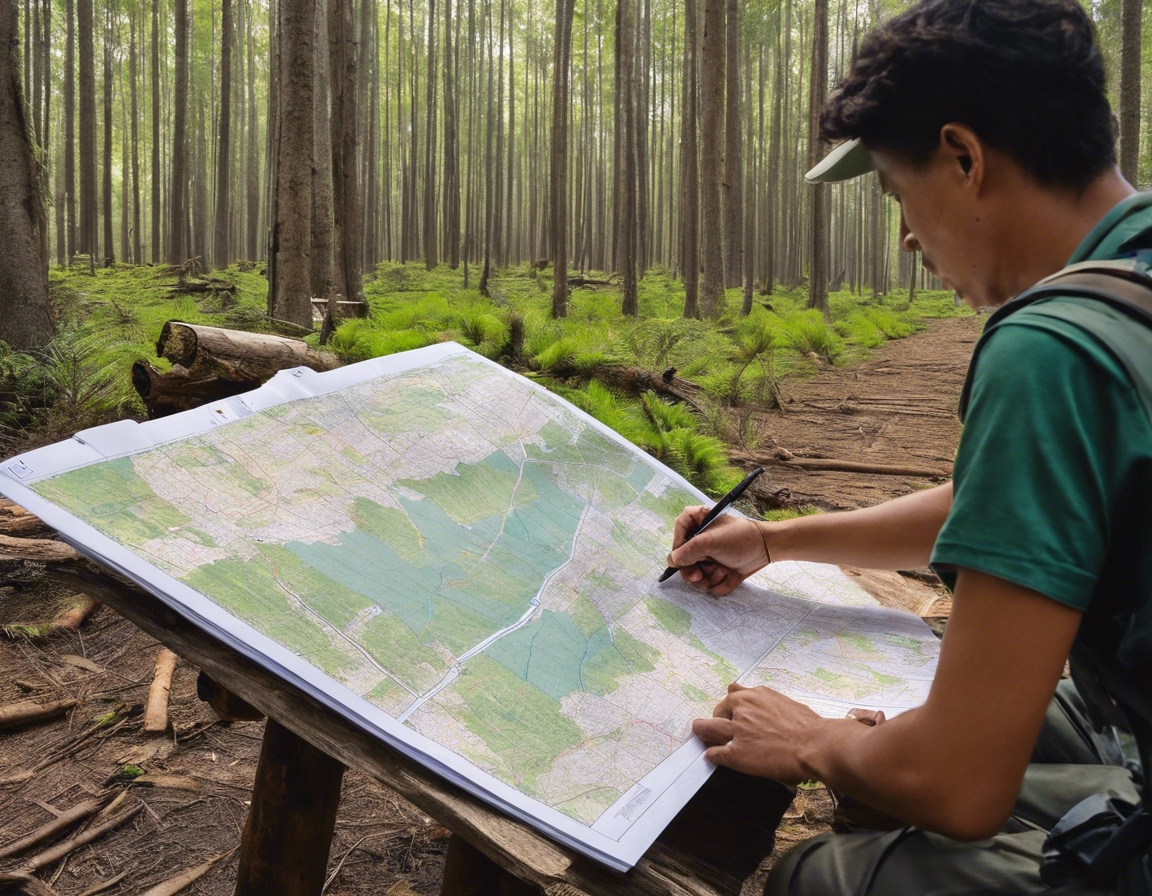The role of forest management in wildlife conservation
Forests are not just collections of trees; they are complex ecosystems that serve as a home to a vast array of wildlife species. The health of these ecosystems is intrinsically linked to the well-being of the wildlife that inhabit them. Effective forest management is crucial for maintaining these habitats and ensuring the survival of biodiversity.
Forests play a pivotal role in sustaining biodiversity. They provide essential services such as food, shelter, and breeding grounds for countless species. Protecting these natural resources is vital for preserving the planet's biodiversity.
Principles of Sustainable Forest Management
Sustainable forest management involves practices that maintain forest health and productivity while minimizing impacts on wildlife. Ecological forestry practices, such as selective logging and maintaining deadwood for habitat, are key components of this approach.
Adaptive management is a process that involves monitoring, evaluating, and adjusting management practices based on scientific feedback. This iterative approach ensures that forest management strategies are responsive to the changing needs of wildlife and ecosystems.
Challenges in Forest Management for Wildlife Conservation
One of the most significant challenges to wildlife conservation is habitat loss due to deforestation. Clear-cutting and land conversion for agriculture or urban development can have devastating effects on wildlife populations.
Climate change poses a serious threat to forests and the species that depend on them. Changes in temperature and precipitation patterns can alter habitats and disrupt the delicate balance of forest ecosystems.
Strategies for Integrating Wildlife Conservation into Forest Management
Protecting existing habitats and restoring degraded areas are critical for wildlife conservation. Forest management plans should include measures to protect critical habitats and promote natural regeneration.
Creating wildlife corridors can help maintain biodiversity by allowing species to move between fragmented habitats. This connectivity is essential for genetic diversity and the resilience of wildlife populations.
Role of Technology and Research in Forest Management
Advancements in technology, such as remote sensing and Geographic Information Systems (GIS), have revolutionized forest monitoring. These tools provide valuable data for making informed management decisions.
Understanding the specific needs of wildlife species is crucial for effective conservation. Ongoing research helps inform management practices that support the survival and health of different species.
Engaging Stakeholders in Forest Management
Forest management is most effective when it involves collaboration among various stakeholders, including environmental agencies, timber companies, and local communities. This collaborative approach ensures that multiple perspectives are considered in conservation efforts.
Education and community involvement are essential for successful wildlife conservation. By raising awareness and engaging local communities, forest management can benefit from local knowledge and foster a sense of stewardship among those who live closest to these natural resources.






Comments (0)